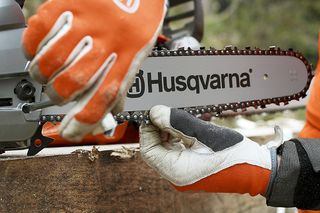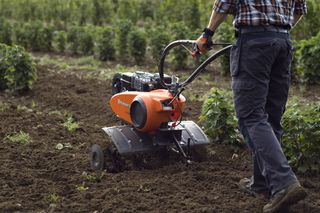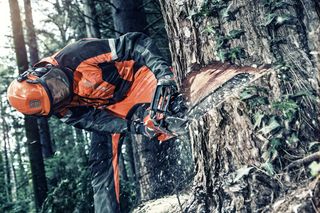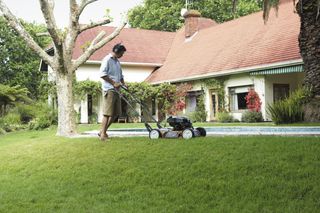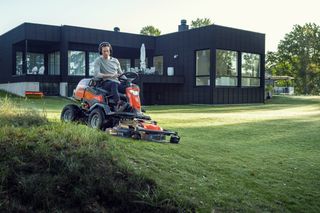Lawn care tips from Husqvarna - how to cultivate your soil
The soil in your garden is a living organism that needs air, water and nourishment. That’s why tilling – or soil cultivation – is imperative for a healthy garden. And that’s why we’ve put together a guide on the subject.
With time, the soil underneath your lawn or in your flowerbeds will become less healthy. It may be compacted, which means the small pockets of air beneath the surface are squeezed together, making the soil lose its structure. When this happens, water and nutrients can no longer move through the soil, making it difficult for roots to grow and plants to flourish. This soil calls for cultivation or tilling, which is basically digging in the dirt and adding nutrition or soil amendments in the form of mulch or humus to aerate the soil. When digging, there are a number of techniques to try out:
Basic digging
The most elemental way of giving a bit of first aid to your dirt is to grab a shovel, dig away, turn over the soil and chop it up. Then, if necessary, add nutrients and humus to the soil before returning it.
Single digging
With single digging you efficiently cover the garden area to a uniform standard. Divide the area into strips and dig a small trench about 25-30 centimetres wide and a spade’s depth. Place the soil to the side, leaving the trench empty. Move to the next strip and lift the same amount of soil from this one and drop it in the first trench, breaking up clumps as you go along. Continue on with the digging and moving of soil until the whole garden has been worked. At the end, you fill the final trench with the soil you set aside from the first one.
Surface cultivation
If your soil is not compacted, it might just do with a shallow cultivation. Just use a tined-rake or hoe and try not to disturb the soil’s structure below a depth of about 5-8 centimetres.
The no-dig approach
A well-conditioned lawn is not necessarily in need of a dig. Mulching over the soil in layers of organic matter to a depth of 6-10 centimetres should be sufficient. At planting time, rake away the mulch prior to seed sowing.
When not to dig
If your soil is overly moist, you should refrain from digging to avoid damaging the soil structure.
Finally, remember that the keyword is always loose. Your plants need minerals, air, water and organic substances to thrive. The best way to achieve this is to work the earth, turn the soil and add humus.


